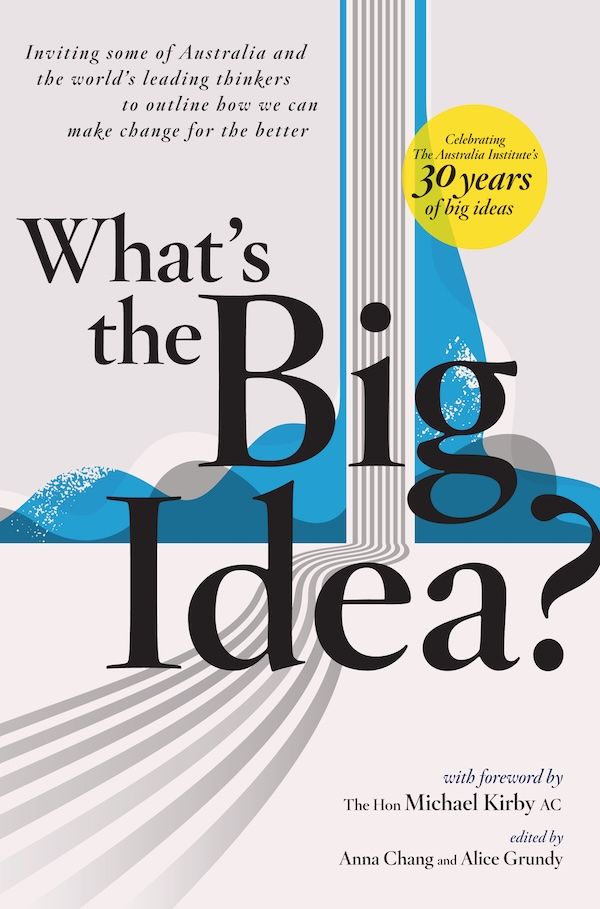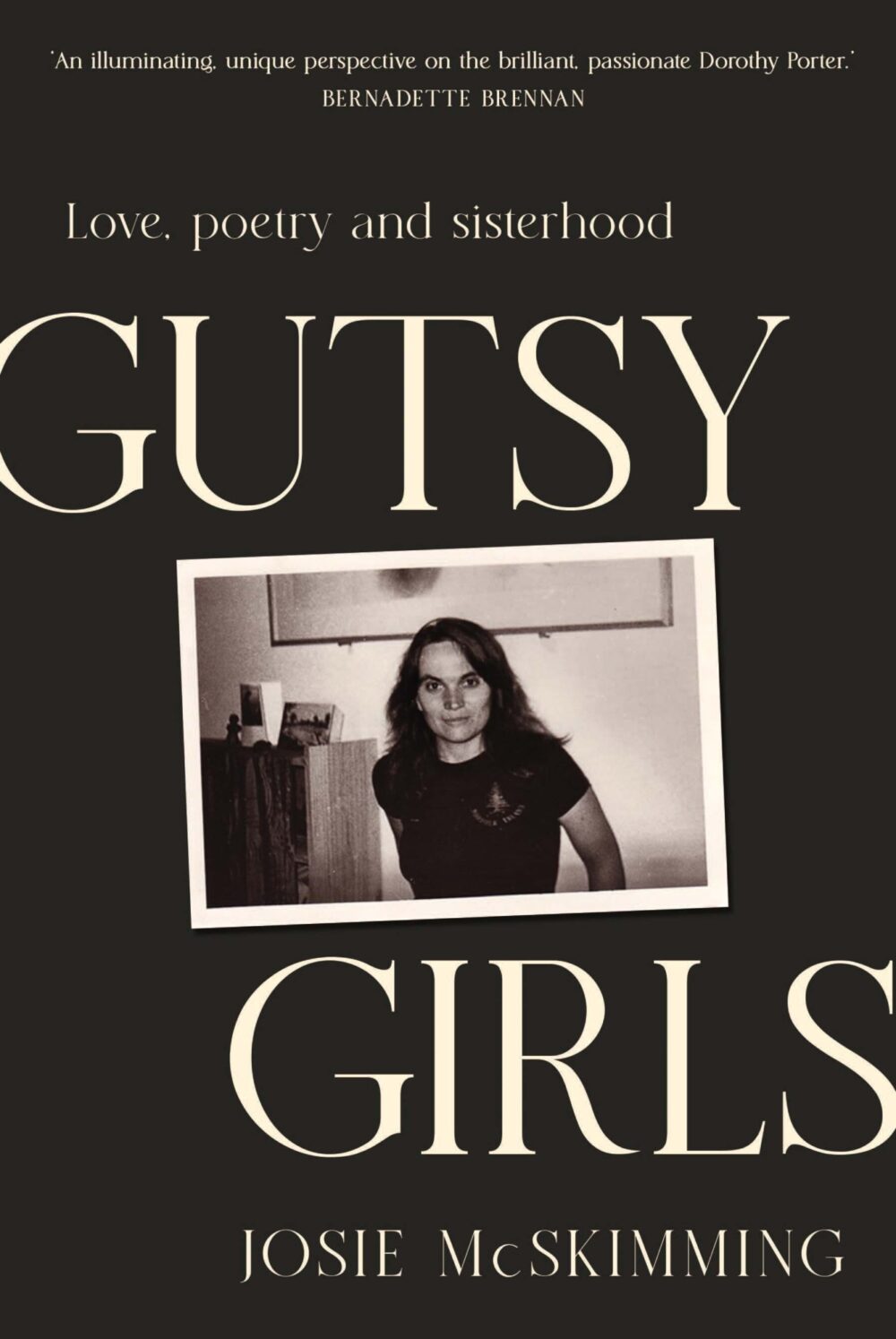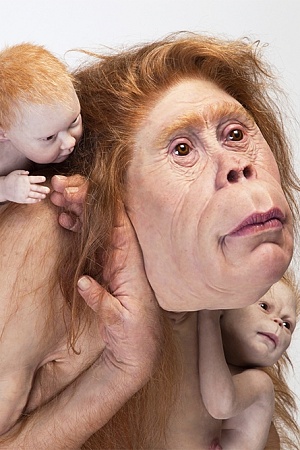Giacometti (Tate Modern)
Tate Modern excelled itself with its Giacometti retrospective. It’s not easy to take a familiar modern master and return a new and compelling view of his work. Many years ago, MoMA in New York failed the challenge abysmally. They had nothing new to say about the artist and went through the motions of a retrospective. Worst of all: you came away thinking that Alberto Giacometti (1901–66) was tired and obvious. How wrong could you be?
Tate Modern worked closely with the Fondation Alberto et Annette Giacometti with its cradle-to-grave collection of the master’s work, plus the rich archive of documents. During his lifetime Giacometti formed a strong personal bond with the Tate. In 1965, after an earlier retrospective, he wrote to Norman Reid, the modest but effective director: ‘May I tell you how much I enjoyed my visits to London and how touched I was by your kind welcome ... also how touched and grateful I am that you have chosen so many works for the Tate Gallery.’ The Tate had given him a room in the basement as a studio. The curator was David Sylvester, doyen of European art critics and deeply sympathetic to the work. Fifty-one years after Giacometti’s death, the bond between museum and artist still holds. Tate Modern’s account is intimate and revealing where MoMA’s was starchily institutional.
Continue reading for only $10 per month. Subscribe and gain full access to Australian Book Review. Already a subscriber? Sign in. If you need assistance, feel free to contact us.















Leave a comment
If you are an ABR subscriber, you will need to sign in to post a comment.
If you have forgotten your sign in details, or if you receive an error message when trying to submit your comment, please email your comment (and the name of the article to which it relates) to ABR Comments. We will review your comment and, subject to approval, we will post it under your name.
Please note that all comments must be approved by ABR and comply with our Terms & Conditions.